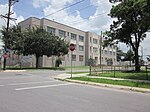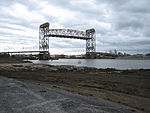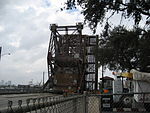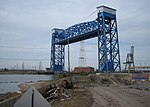Musicians' Village
FunkGeography of New OrleansHabitat for HumanityHarry Connick Jr.Hurricane Katrina recovery in New Orleans ... and 4 more
Jazz cultureMusic of New OrleansMusic venues in LouisianaRhythm and blues
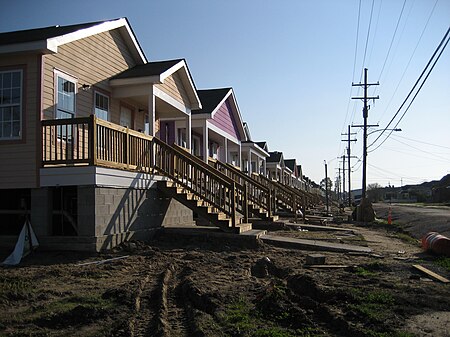
Musicians' Village is a neighborhood located in the Upper Ninth Ward in New Orleans, Louisiana. Musicians Harry Connick, Jr. and Branford Marsalis teamed up with Habitat for Humanity International and New Orleans Area Habitat for Humanity to create the village for New Orleans musicians who lost their homes to Hurricane Katrina. Per February 2007, the Musicians' Village is "the largest-scale, highest-profile, and biggest-budget rebuilding project to have gotten underway in New Orleans post-Katrina.
Excerpt from the Wikipedia article Musicians' Village (License: CC BY-SA 3.0, Authors, Images).Musicians' Village
North Prieur Street, New Orleans
Geographical coordinates (GPS) Address Nearby Places Show on map
Geographical coordinates (GPS)
| Latitude | Longitude |
|---|---|
| N 29.9743 ° | E -90.0333 ° |
Address
North Prieur Street 3917
70117 New Orleans
Louisiana, United States
Open on Google Maps
